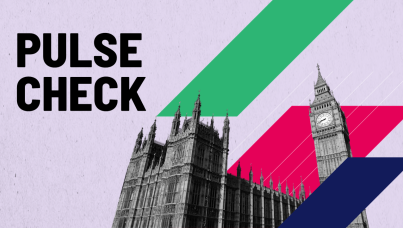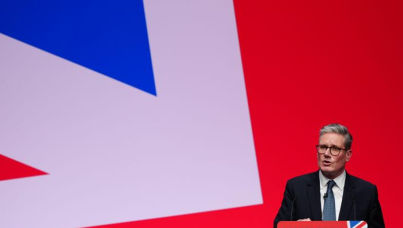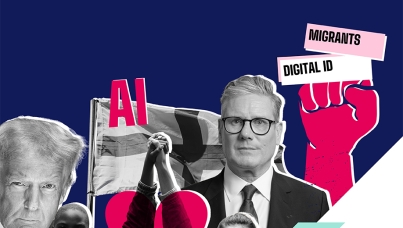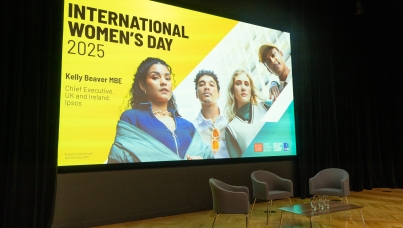Brighton and Hove Climate Assembly
Ipsos recruited 50 residents to take part in the first assembly in the UK to be held entirely online. The assembly was conducted across five sessions between late September and early November 2020. Over the course of the assembly, the members were tasked with responding to the key question, “How can we step up actions to reduce transport related carbon emissions in the city?”
Key recommendations from the Climate Assembly
The assembly strongly supported taking action to reduce transport emissions, recognising that wide-ranging changes to the way we travel will be necessary, as well as challenging. The recommendations generated by assembly members focussed on the need to reduce travel by private vehicles, increase active travel, improve public transport, and the importance of engaging the residents of Brighton and Hove in developing and implementing any changes.
The assembly’s ten key recommendations, ranked in the assembly’s own order of priority, are shown below. Please note that the rankings should be seen as a guide to the relative importance of each recommendation, but all were seen as important and necessary by the assembly.
- A car-free city centre
- The public transport system should be affordable/accessible
- Creation of healthier low traffic/pedestrianised communities
- The council should actively consult and engage with the community
- Introduce mobility hubs (NB: A mobility hub is a recognisable place which provides and connects up different types of travel – for example cycle hire, station, parking and transport information)
- Cyclists should be prioritised over cars through well-designed dedicated cycling networks that are safe and practical for day-to-day use as well as leisure
- Introduce a Park & Ride to minimise car use in the city
- Make public transport a more convenient alternative to driving a car
- Messaging should focus on what people gain rather than lose and educate/expand citizens knowledge
- There should be a focus on incentives rather than sanctions as interventions
Reflections on the recommendations
- These recommendations were viewed as a suite, rather than standalone ideas - they should all be implemented together in order to be as effective as possible.
- The assembly wanted the council to focus its efforts on making sure there is no need for private car use (unless someone is disabled/have a blue badge), focusing on improving alternatives and communicating those alternatives.
- Assembly members were sensitive to the language used in the recommendations, leaning towards a focus on what is gained rather than lost.
- The assembly want the council to recognise the diversity of the residents in Brighton and Hove, particularly in terms of needs and how tailored communication approaches would be required for different audiences.
- The assembly kept a strong focus on changing mindsets through interventions, campaigns, and prioritising active travel.
Considerations on Implementation
- Physical barriers (such as poor or non-existent infrastructure) were deemed the biggest barriers to reducing car use. To address physical barriers, the council should improve infrastructure, raise awareness of improvements and motivate citizens to use public transport or travel by walking or cycling.
- To address citizens’ expectation that public transport will not be convenient and reliable enough to reduce their car use, the council should consider demonstrating the reliability and convenience of an improved transport network.
- To address citizens’ habits, the council should consider interventions that enable them to plan their journeys, change routines and provide positive feedback.
- To address social and cultural norms around prioritising the driver, messaging may benefit from emphasising public health benefits, and the reinvigoration of communities while also addressing climate change. Communication may also benefit from challenges to false assumptions about other people’s habits.
Technical note
- The assembly was held online as the COVID-19 pandemic meant that face-to-face meetings of large groups were unsafe. The sessions lasted between 2.5 and 3 hours and were scheduled on a mixture of weekday evenings and weekends. The five sessions took place between late September and early November:
- The final two sessions made up the deliberation and recommendation-forming stage of the assembly. Members were given the opportunity to reflect on what they had learned, and finally to deliberate, develop and rank their final recommendations.
- • At the beginning of each session, assembly members gathered in plenary for introductions and expert presentations. They subsequently moved between the main plenary session and smaller breakout discussion groups of 5-6 assembly members a number of times during each session. Discussions within the breakout groups were facilitated by experienced moderators from Ipsos. Professional note-takers were also assigned to each group to transcribe the discussions.
- Recruitment was conducted by the Sortition Foundation, which specialises in bringing together randomly selected, representative groups of people. In line with best practice, assembly members were recruited through a stratified random process, creating a group of 50 people reflecting the demographics of the city’s population. A range of selection criteria were applied including gender; age; ethnicity; long-term illness or disability; occupation; car ownership; and area of the city. A more detailed breakdown of Assembly demographics can be found in the technical report.
To find out more information about the Brighton and Hove Climate Assembly, please visit the Brighton and Hove City Council website.






